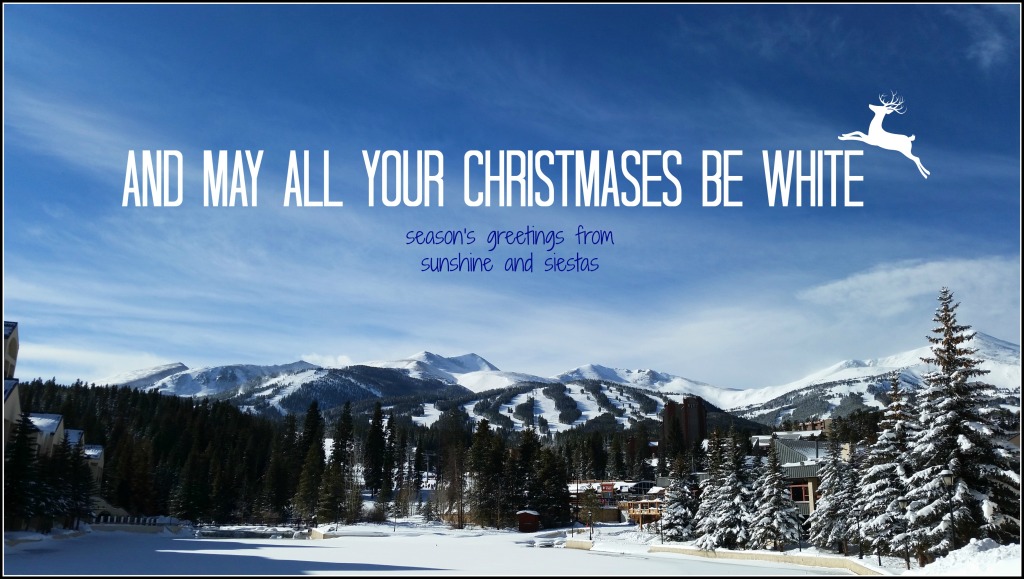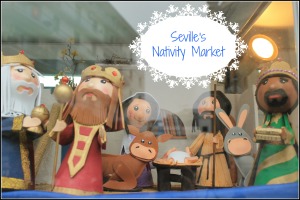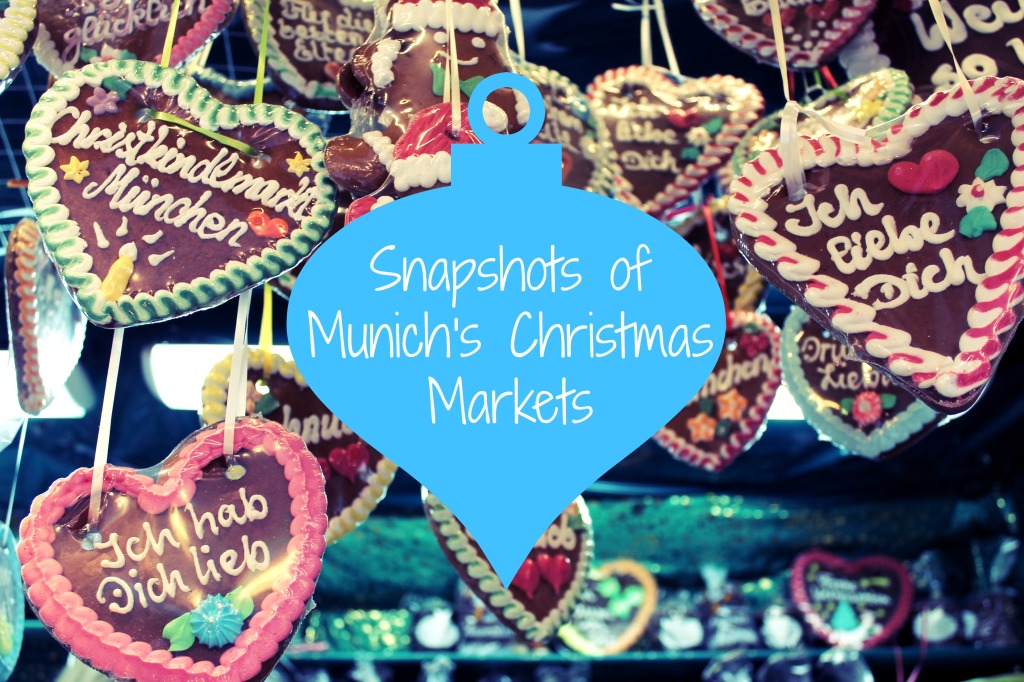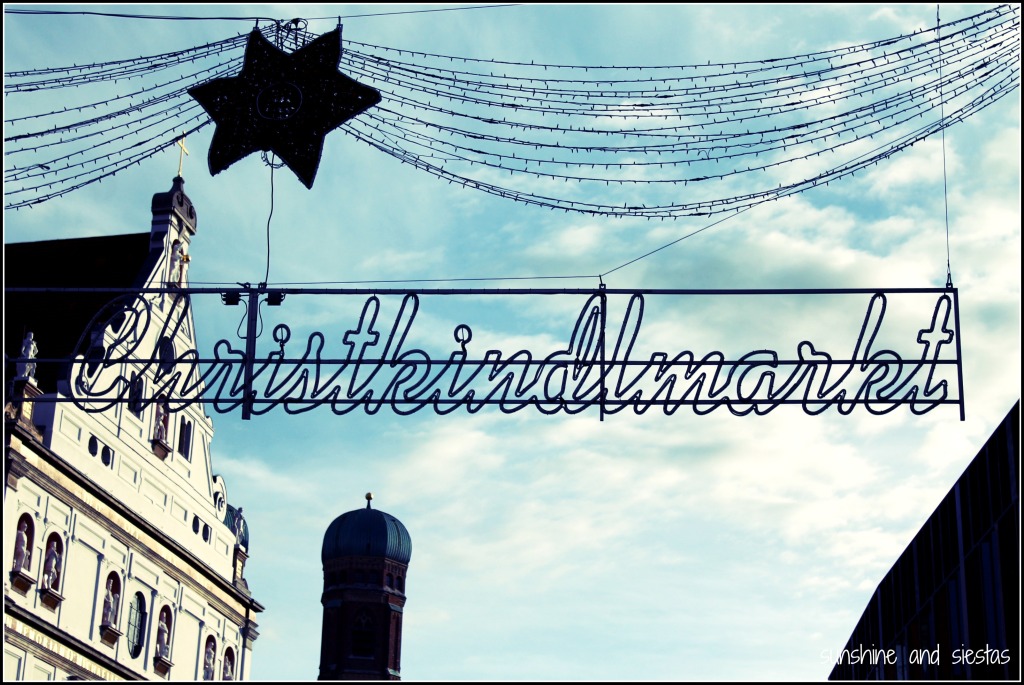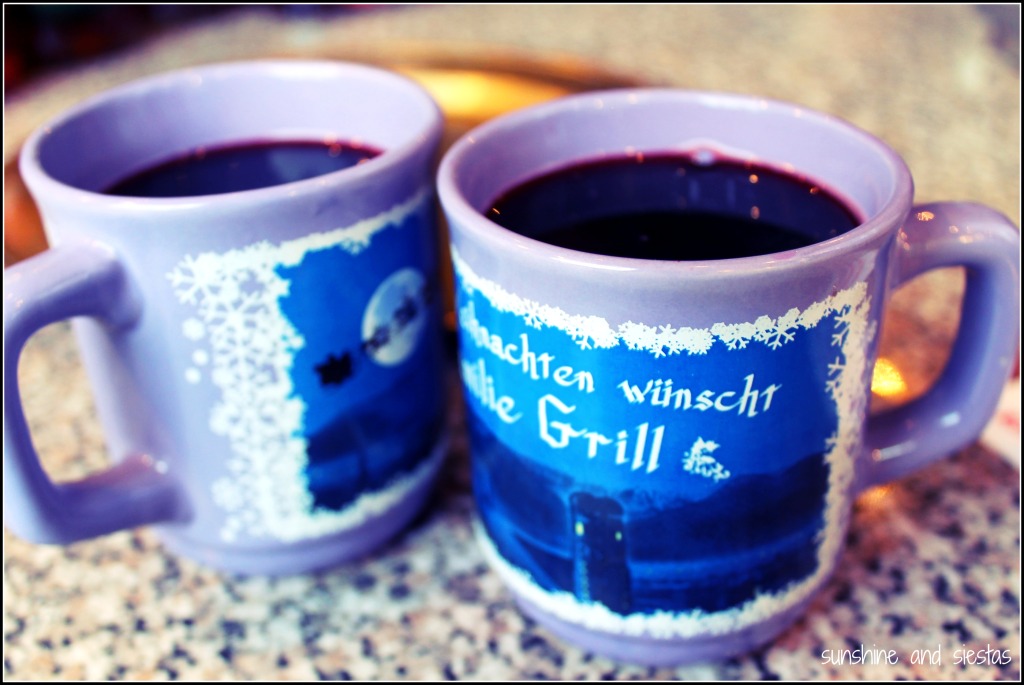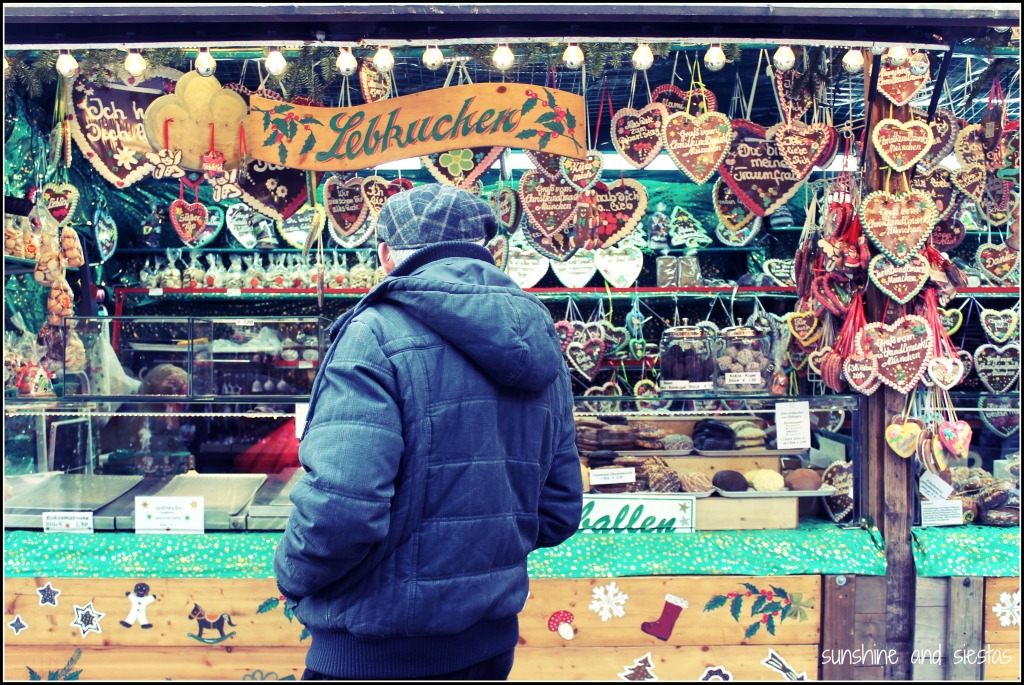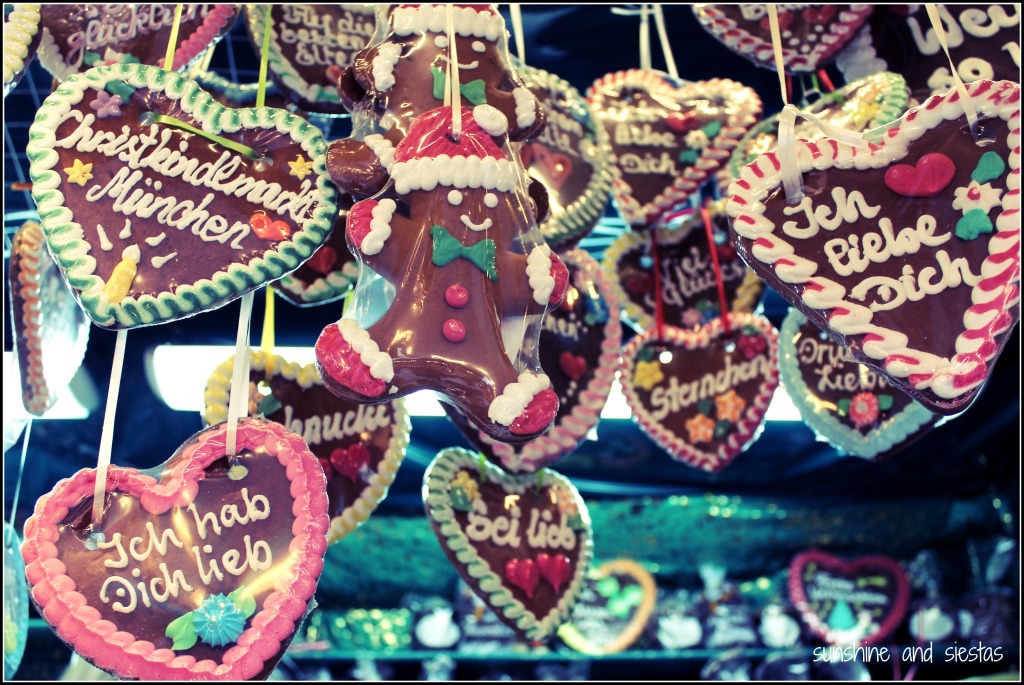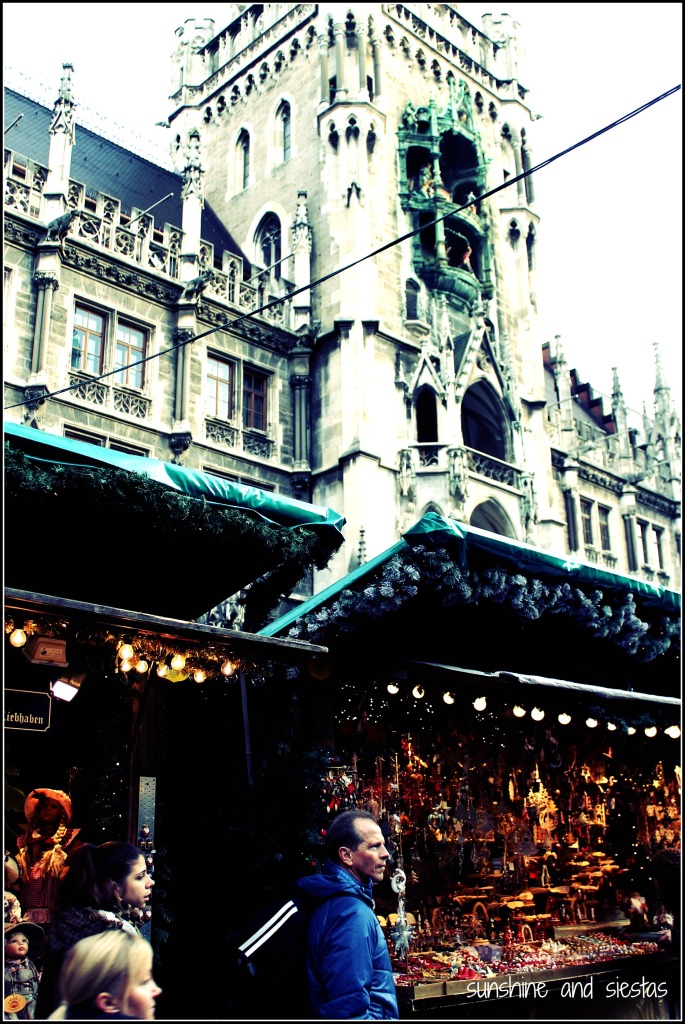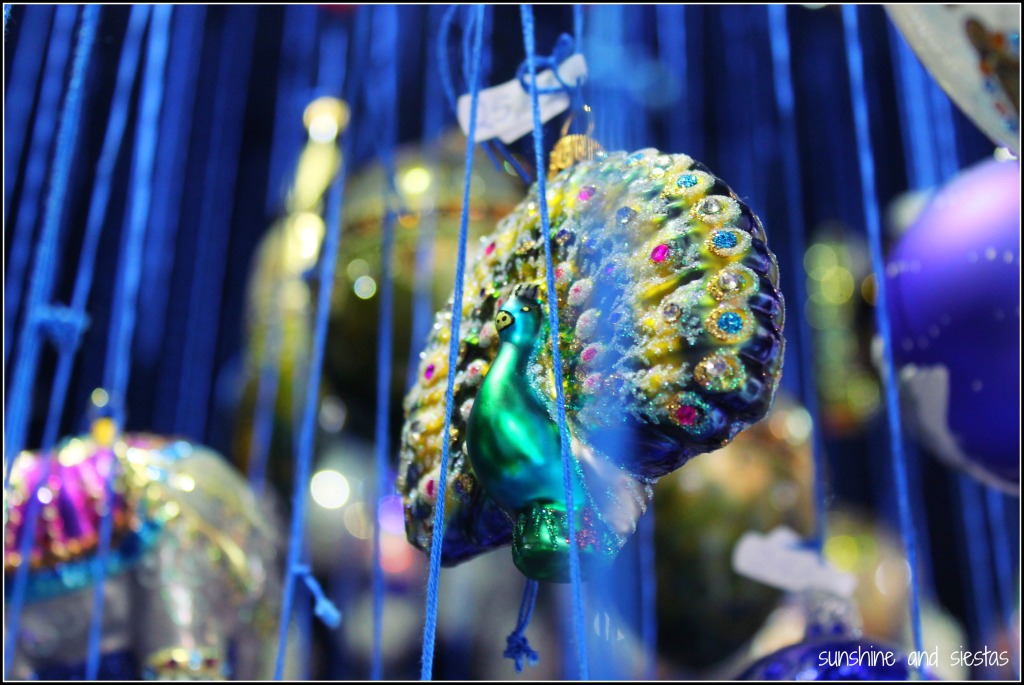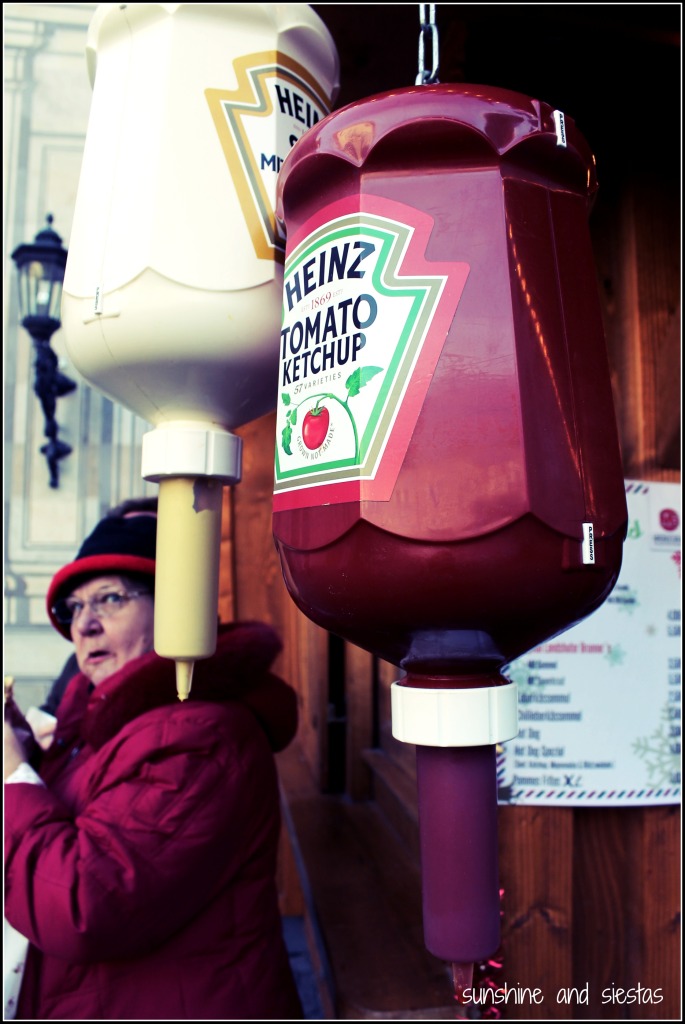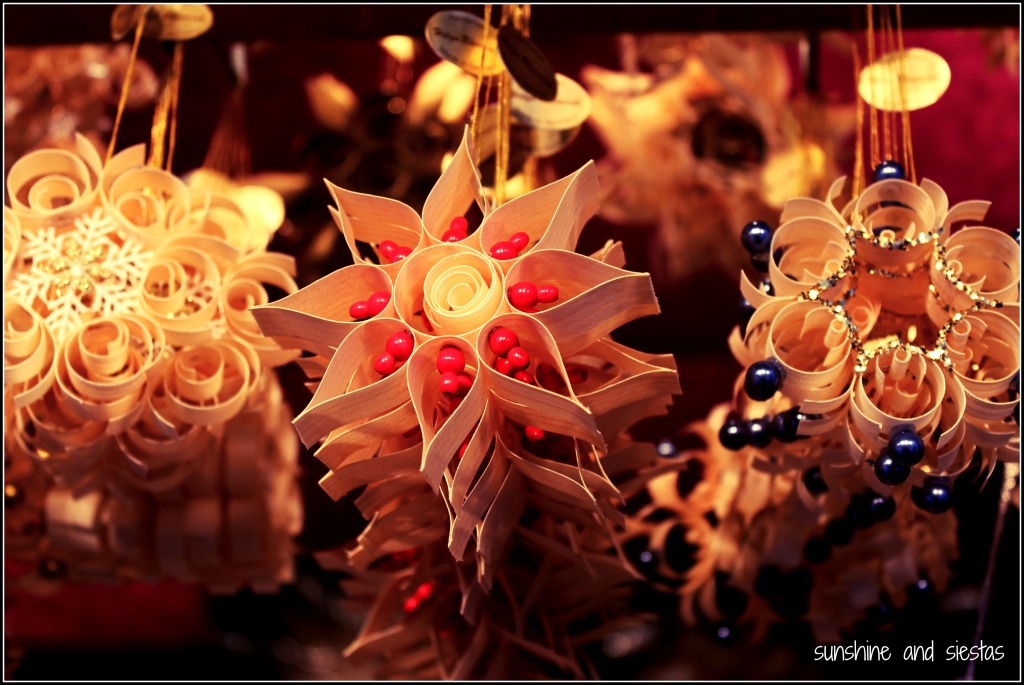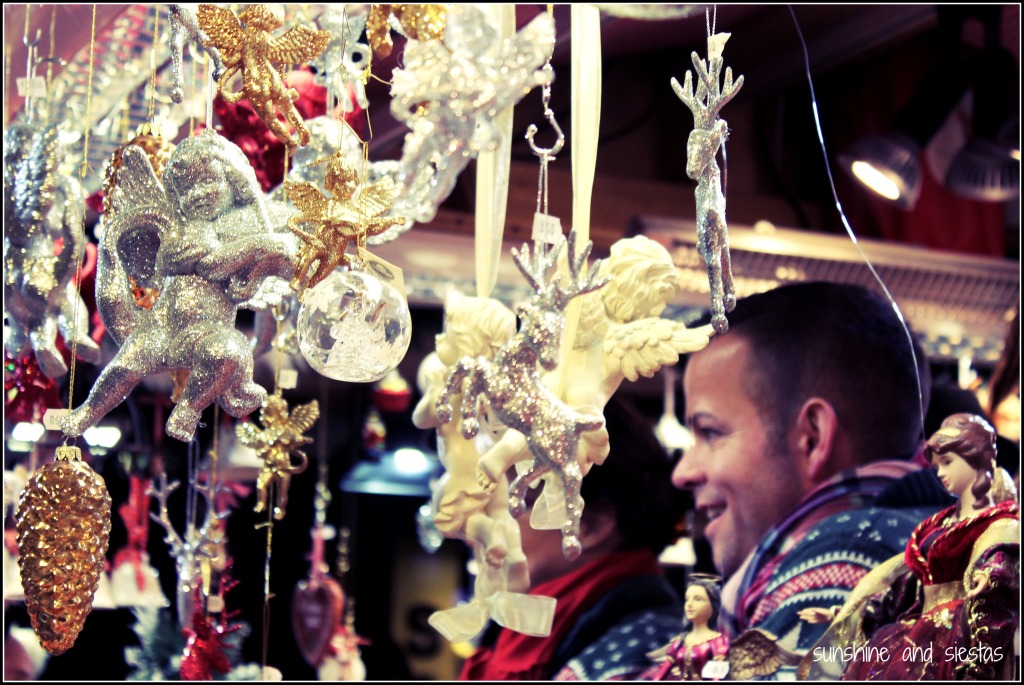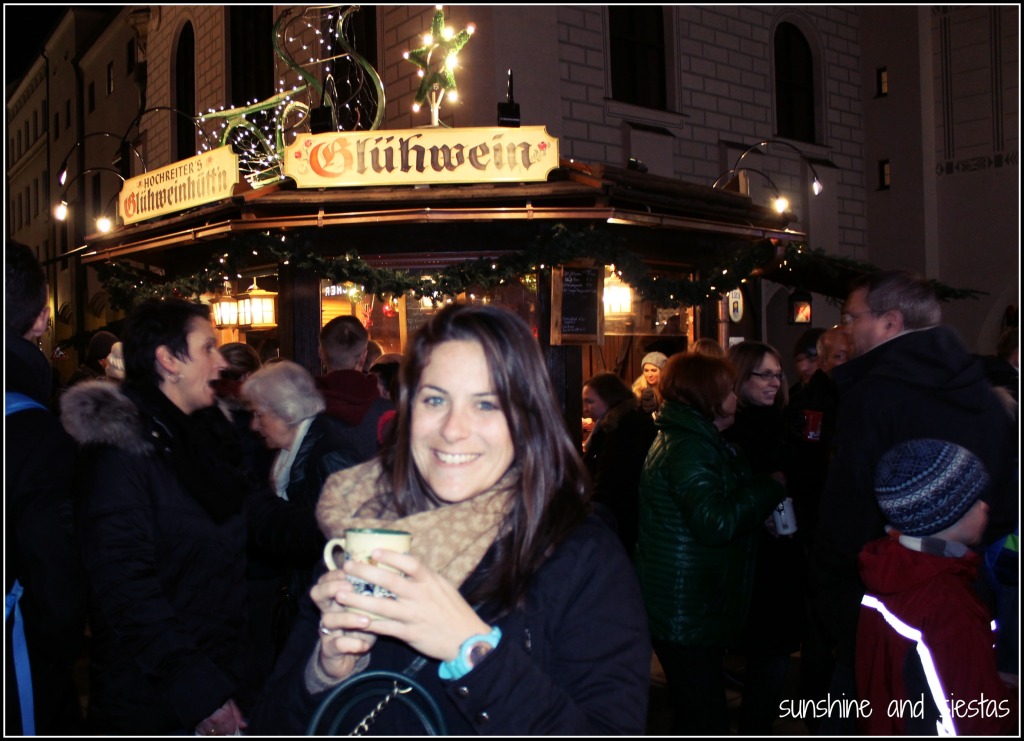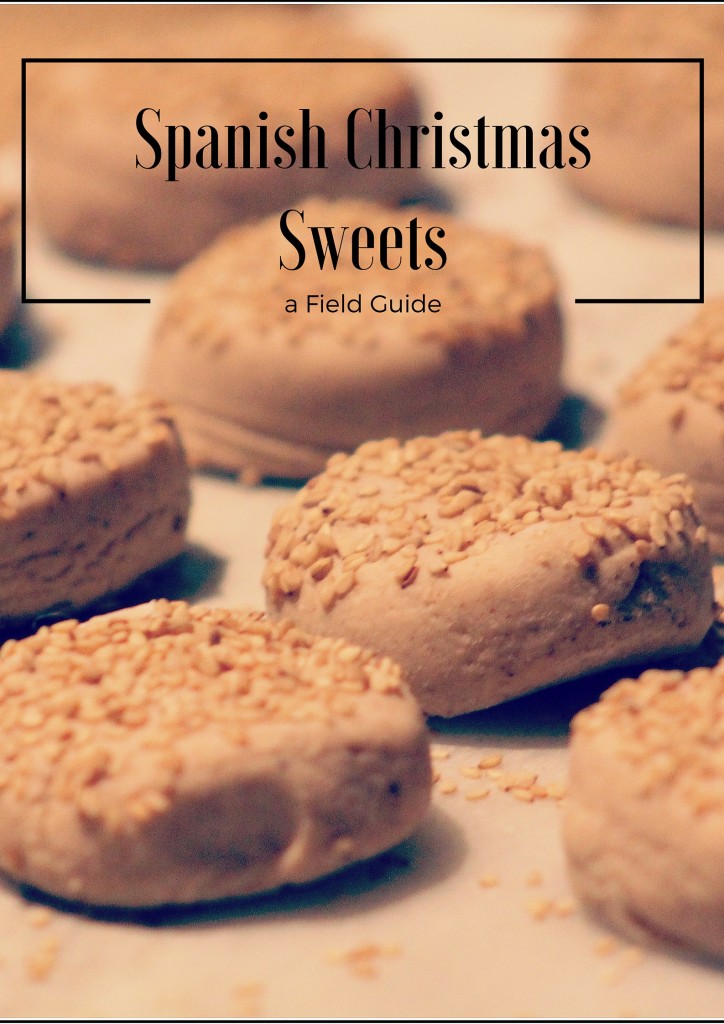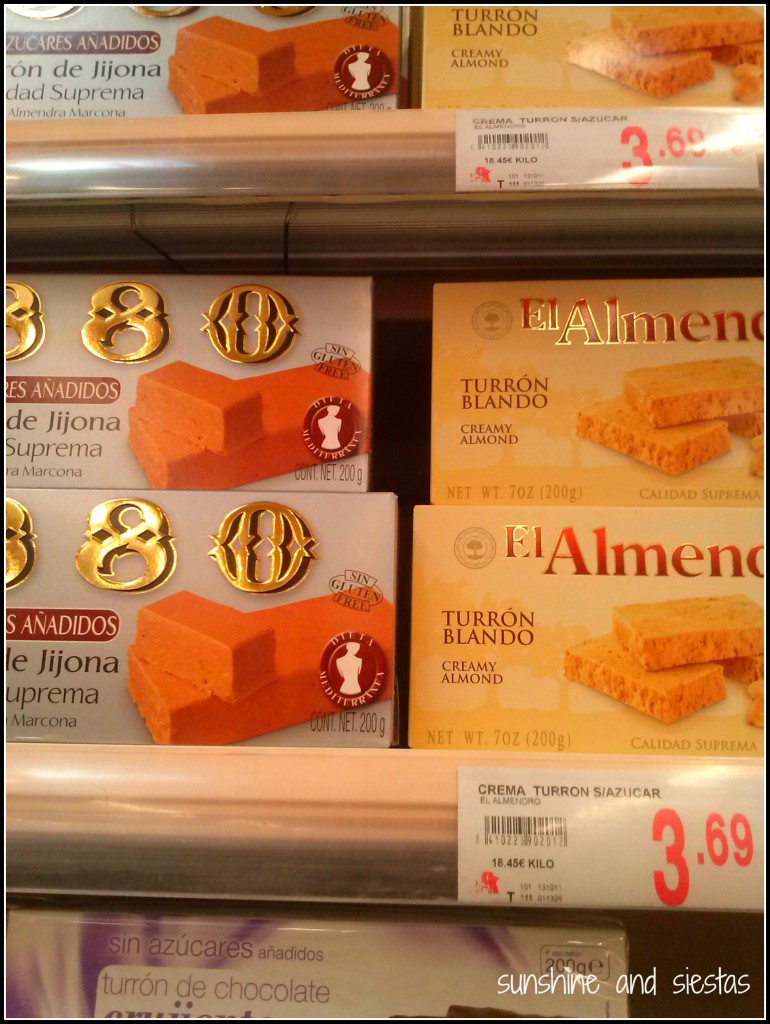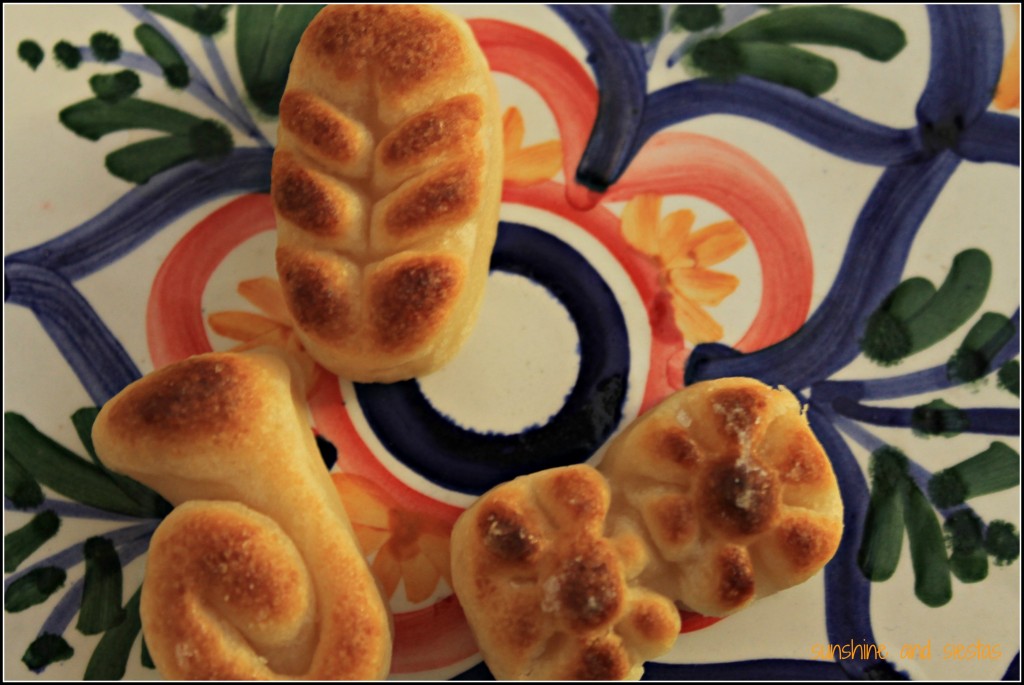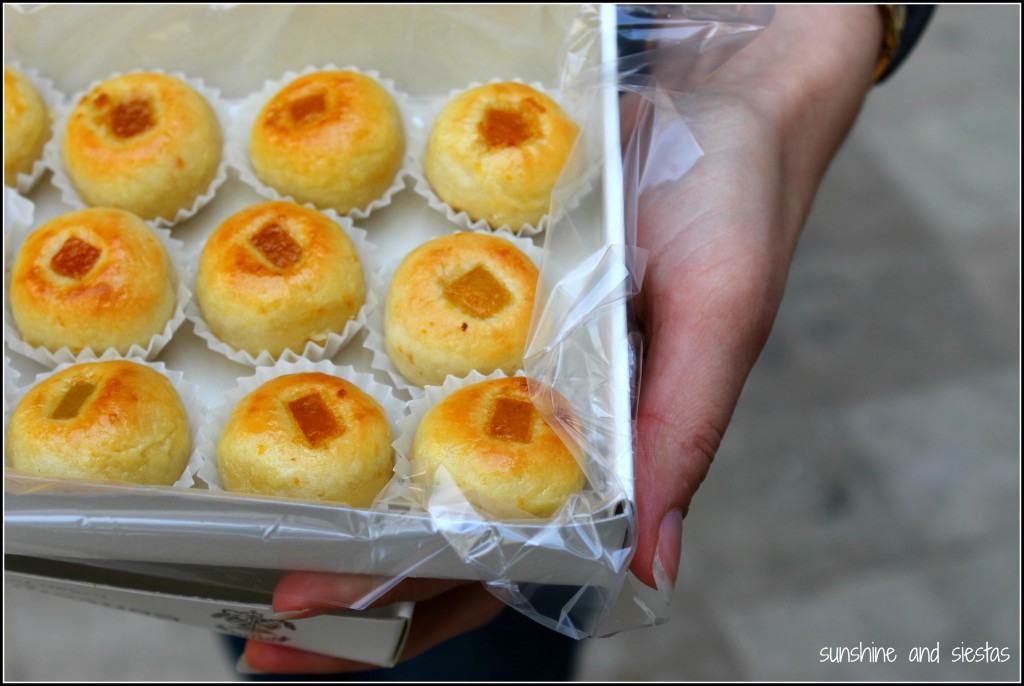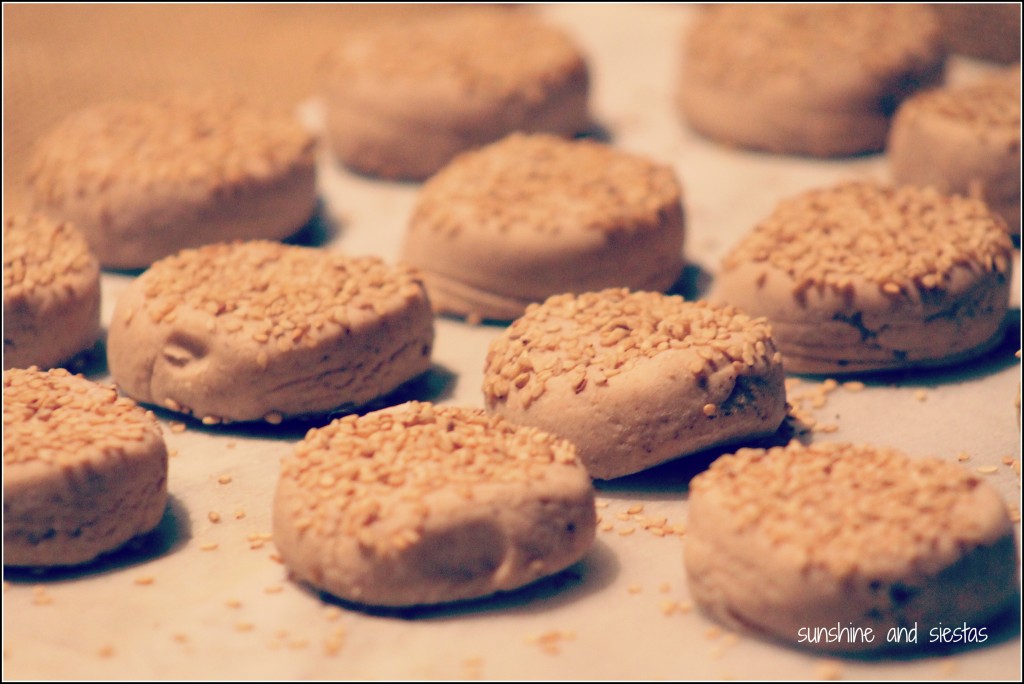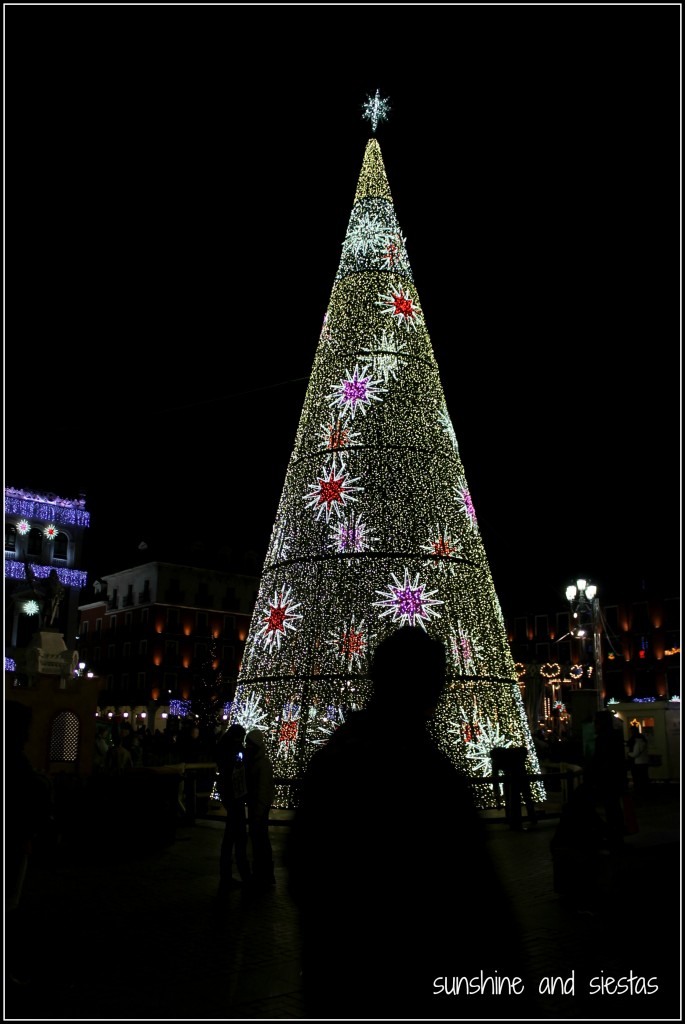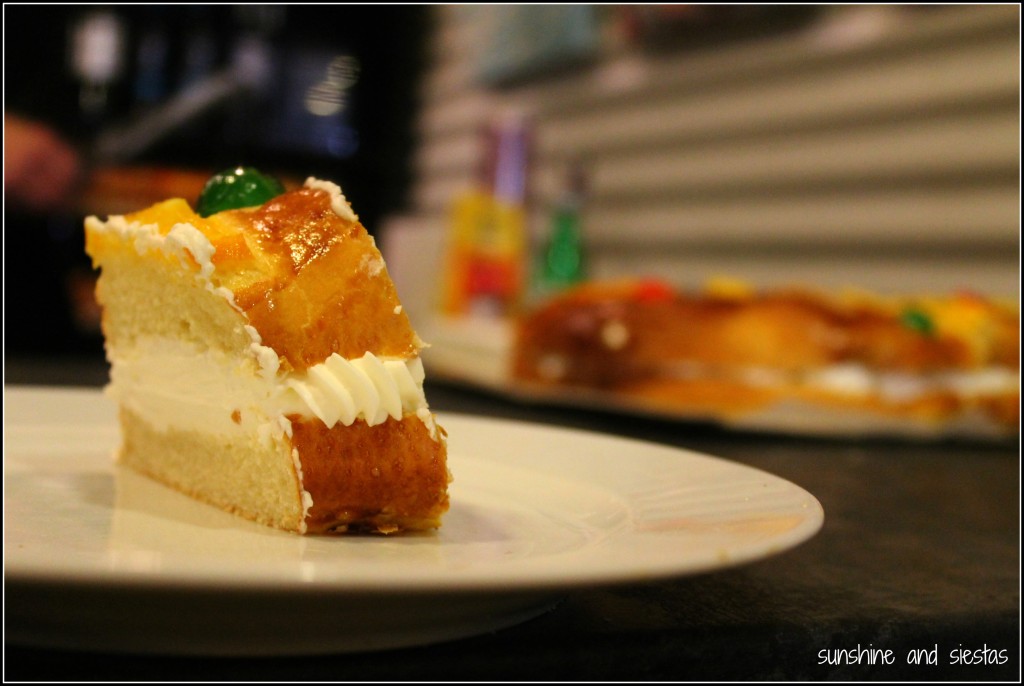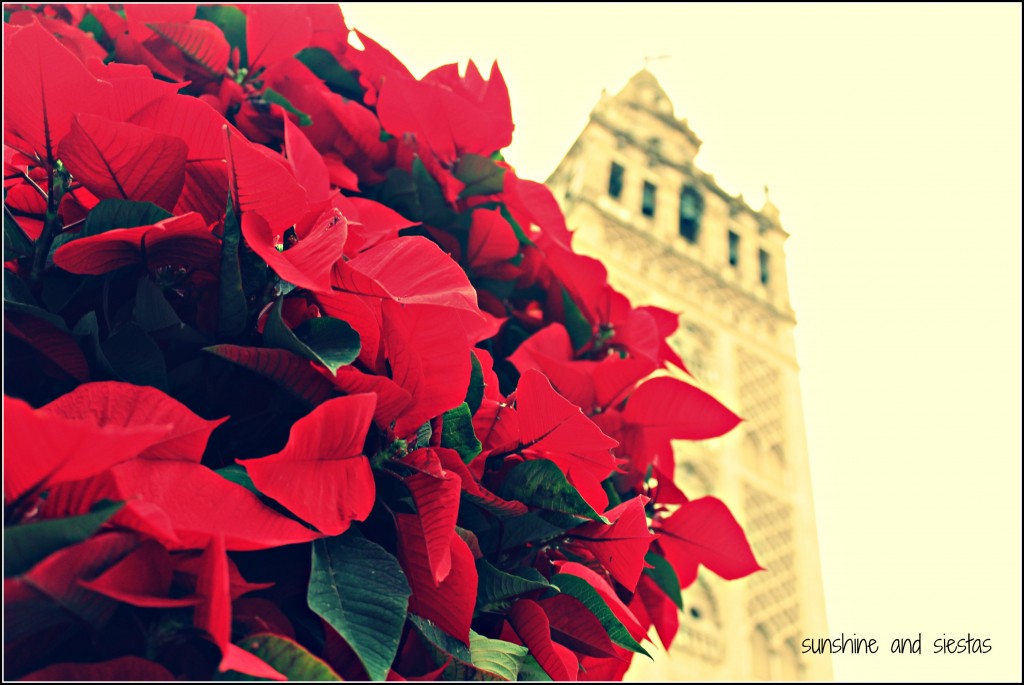I am admittedly the biggest Scrooge when it comes to Christmas, but there is nothing quite like being home for the holidays.
Well, home isn’t really the mountains, but it may as well should be. I’m not only getting my Rocky Mountain High, but snuggling up to peppermint bark, ABC Family’s 25 Days of Christmas and plenty of teasing from my family. After eight Christmases in four countries and six cities, I’ve got a white Christmas and a serious lack of carols (which I loathe).
No matter where you are, how you celebrate or how many polvorones you stuff in your belly, season’s greetings and all the best for 2015. I have no clue what is in store for me (fingers crossed it’s fiscal responsibility and the Novio showing up at our wedding, at least), but am happy to have you all along for it.
Felices fiestas, y’all!
